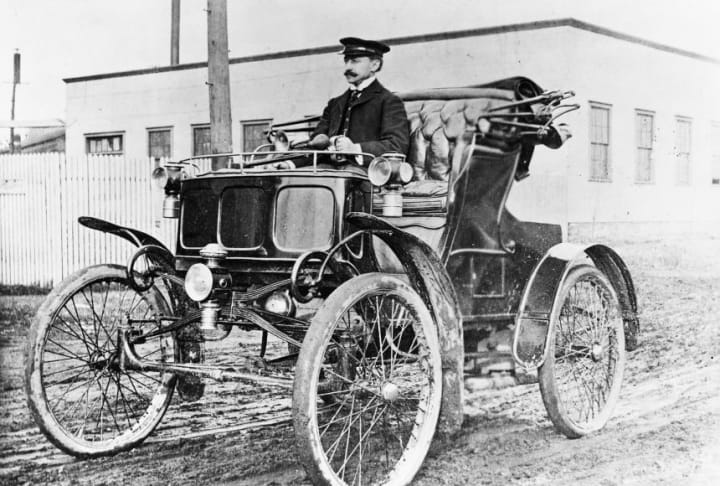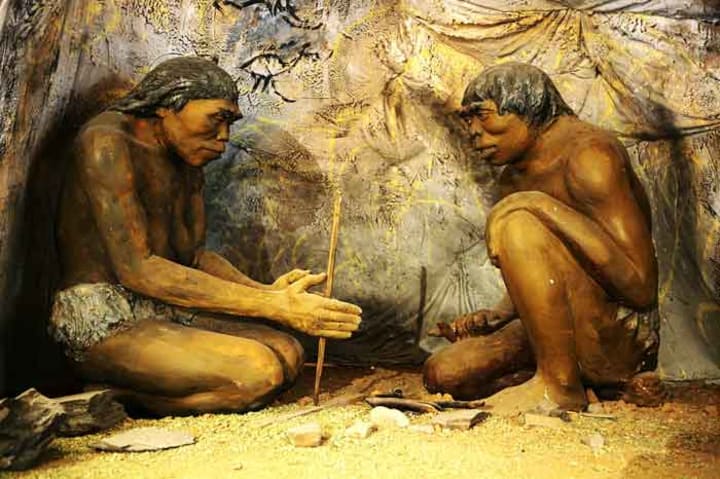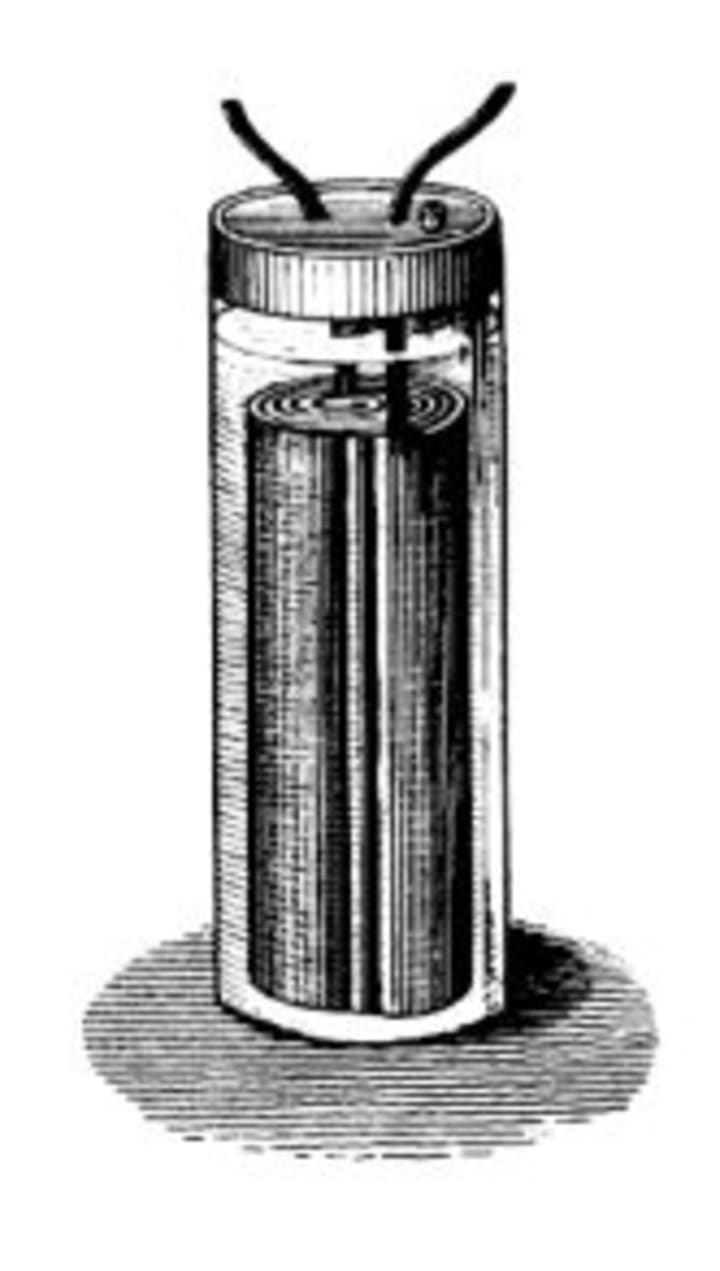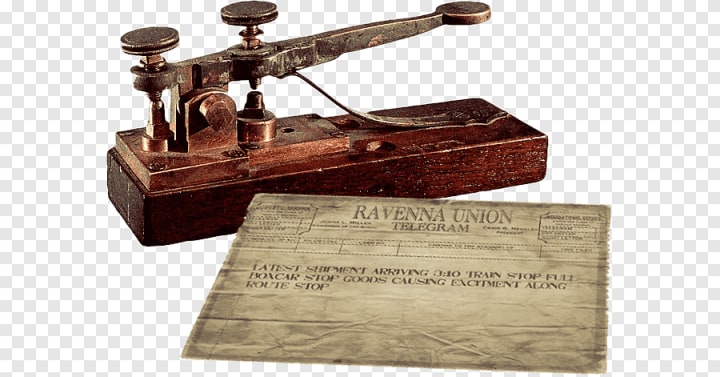Famous inventions that changed the world
Timely inventions that changed the world

Technologies created by humans have changed life on Earth and influenced civilizations. Each generation develops its creative thinkers as expectations and skills change.
Several of these innovations, from the discovery of the wheel to the creation of the Mars rover, have been really revolutionary, even if that wasn't necessarily obvious at the time.
The majority of important innovations were created by many people. Instead, they have either been independently invented by several individuals or have had a lengthy development process before becoming useful innovations. Here's the list of inventions that changed the world:
The Invention of Wheel

One of the most well-known inventions and an original technical marvel is the wheel. In addition to making travel simpler, this fundamental technology also provided the building blocks for a huge variety of other cutting-edge innovations.
The wheel isn't that old, which is fascinating. Mesopotamia produced the earliest wheel, which dates to about 3500 B.C. By that time, humanity had created complex instruments like harps, built canals and sails, and created metal alloys.
This delay results from the fact that the main objective here was not the wheel itself, which was probably conceived the moment someone first observed a rock rolling along, but rather the pairing of a wheel and a fixed axle that enables the wheel to be linked to a secure platform. The wheel's functionality is very limited without the fixed axle.
Modern day's traveling would haven't been possible if there were no invention of the automobile

Many claim that German inventor Karl Benz, whose Benz Patent-Motorwagen was granted a patent in 1886, is responsible for the invention of the modern automobile. Yet, the first steam-powered vehicle capable of transporting people had been created by Nicolas-Joseph Cugno as early as 1769.
The development of the vehicle and its component elements over time involved several people. Henry Ford came up with methods to make vehicles affordable enough for the majority of people to purchase at the start of the 20th century. After that, these methods were considered normal, and Chrysler and General Motors followed suit.
The development of the vehicle has occurred all throughout the world. The internal combustion engine and other components that go into making cars need the collaboration of many people. Several spin-off businesses, such as steel and oil, were also engaged.
The invention of the steam engine

The first steam engine is said to have been created by a mining manager from Spain by the name of Jerónimo de Ayanz. He received a patent for a system that pumped water out of mines using steam power.
Yet, the first successful steam engine was created in 1698 AD by English engineer and inventor Thomas Savery. His invention employed steam pressure to extract water from flooded mines. Savery utilized theories put forth by Denis Papin, a British physicist of French descent who created the pressure cooker while creating his engine.
Thomas Newcomen, an additional Englishman, improved the engine in 1711. James Watt, a Scottish instrument maker working by Glasgow University, later modified Newcomen's engine by adding a separate condenser that enabled the steam barrel to be kept at a consistent temperature, greatly enhancing its performance, in 1781 AD. Later, he created a double-rotating steam engine, which by the 1800s would be used to power factories, railways, mills, and a variety of other production facilities.
The invention of Airplanes

The first powered, sustained, and controlled flight was accomplished by Wilbur and Orville Wright on December 17, 1903. This was a day that will live in memory forever.
Since the time of Leonardo da Vinci, and perhaps much before, people have imagined flying machines. Yet the Wright Brothers were the first to accomplish controllable powered flight, due to the efforts of numerous innovators over several centuries.
The pair's accomplishments, starting with their work on gliders, established the framework for contemporary aeronautical engineering by showing what was feasible.
The invention of Fire

Although fire is a natural occurrence, its development as a useful instrument represents a revolution in human history. It is likely that the regulated use of fire existed before Homo sapiens sapiens.
Far before the emergence of Homo sapiens, there's really traces of heated food dating back to about 1.9 million years ago. Moreover, there is proof that Homo erectus started using fire in a regulated manner approximately 1,000,000 years ago.
Fire-damaged flint blades have been dated to about 300,000 years ago. Additional evidence is that circa 164,000 years ago, early modern people routinely employed fire to heat treat stone to improve its capacity to flake for use in toolmaking.
A hotly contested theory holds that employing fire for cooking allowed hominids to eat a broader range of foods, which in turn allowed the bigger brain of our species to emerge in the first place.
Fire has indeed been utilized for ceremonies, industrial activities, agriculture, cooking, providing heat and light, signaling, and destruction throughout history. It is without a doubt one of the biggest innovations that have impacted society.
The invention of the bulb

A brilliant concept from more than 150 years ago is the source of the light we use today in our residences and workplaces. Humphry Davy, who worked with electricity and developed an electric battery, pioneered electric lighting in the early 19th century. He attached cables from his battery to a piece of carbon, and the carbon began to glow and emit light.
Electric arc light is the name of his creation. Several innovators also developed "lightbulbs" during the following seven decades, but they couldn't be used in commercial settings.
The invention of the battery

The Parthian empire, which was active some 2,000 years ago, may have produced the oldest technology built around the concepts that would later give rise to the battery. The outdated battery was made up of a clay jar with a vinegar solution inside of which was placed an iron rod enclosed in a copper cylinder.
It's possible that silver was electroplated using this apparatus. However, Alessandro Volta, who created the pile battery, was the one who created the first electric battery, as was indicated in the preceding paragraph.
After that, William Cruickshank created the trough battery in 1800 AD as an advancement over Alessandro Volta's voltaic pile. Also with the development of the very first lead-acid rechargeable battery in 1859 AD by the French physician Gaston Planté, batteries made a significant advancement. Waldemar Jungner first made the Nickel-Cadmium (NiCd) battery available in 1899.
The invention of the printing press

Even before the Internet made it possible to disseminate knowledge globally, the printing press made this possible.
Although Johannes Gutenberg, a German jeweler, is frequently attributed with creating the printing press around the year 1436 AD, he was not the first to systematize the book-producing process. Prior to Gutenberg, Korean bookmakers began printing with movable metal type, while woodblock printing in China dates the ninth century.
Yet, Johannes Gutenberg's device enhanced the pre-existing presses and brought them to the West. By the year 1500 AD, Gutenberg printing presses had spread over Western Europe and were creating a massive amount of written information, ranging from single pages to pamphlets and volumes.
The invention of Morse code and the telegraph machine

Long-distance communication was revolutionized by the invention of the telegraph, which Samuel Morse and some other innovators worked on throughout the 1830s and 1840s.
The system operates by transmitting electrical signals through a wire installed between units. In contrast, Samuel Morse and Alfred Vail created a system enabling straightforward message transmission across telegraph wires that they subsequently dubbed Morse code. The English alphabet and numerals were given a set of dots and dashes based on how frequently they were used.
About the Creator
Enjoyed the story? Support the Creator.
Subscribe for free to receive all their stories in your feed. You could also pledge your support or give them a one-off tip, letting them know you appreciate their work.





Comments
There are no comments for this story
Be the first to respond and start the conversation.